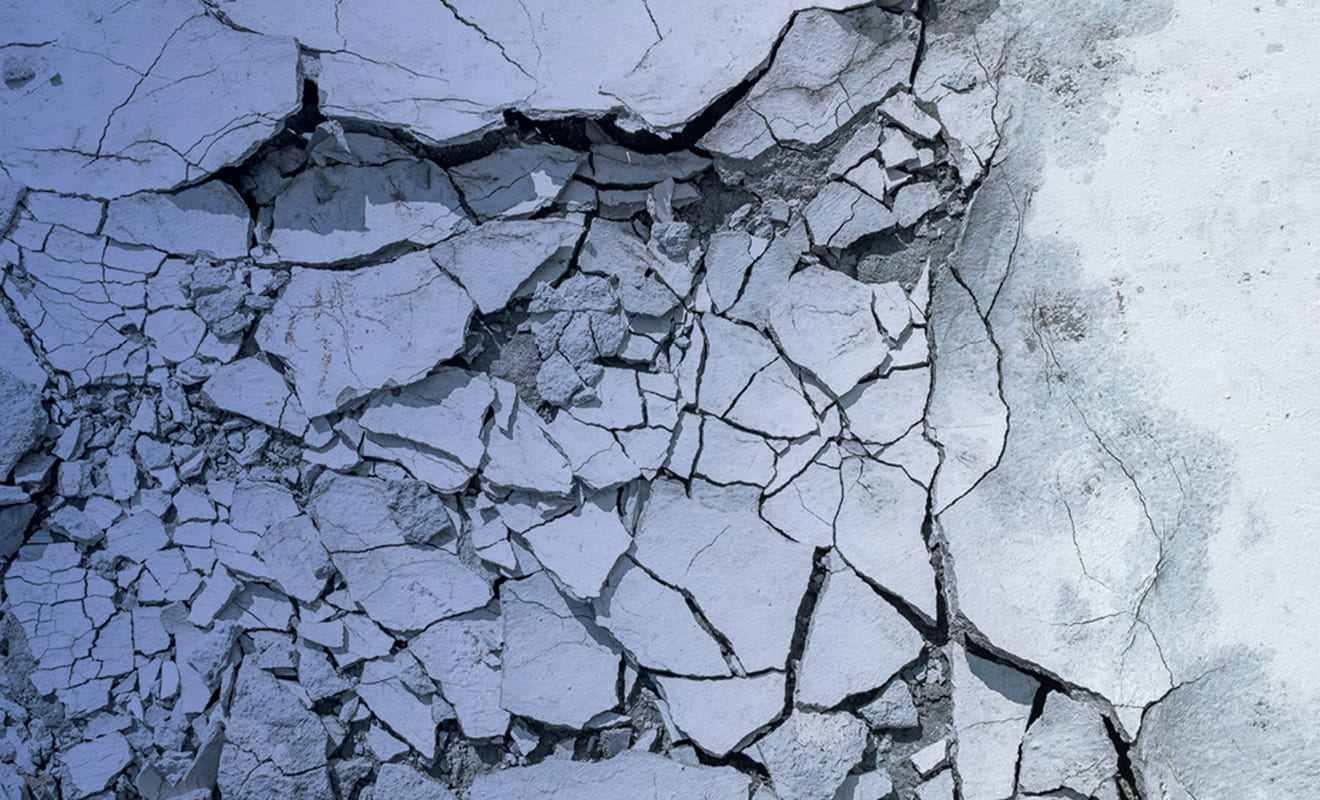Developing ‘Living’ Low-Cost Construction Material
Researchers Nima Rahbar and Suzanne Scarlata have received $692,386 from the National Science Foundation to improve and develop new functions for their Enzymatic Construction Material (ECM), a “living” low-cost, negative-emission construction material they created to address one of the largest contributors to climate change—concrete—by providing what they refer to as “a pathway to repair or even replace [traditional] concrete in the future.” Rahbar, associate professor of civil, environmental, and architectural engineering, and Scarlata, professor of chemistry and biochemistry, have already made their research available for commercial use through a start-up called Enzymatic, Inc. This new funding will also allow them to explore new avenues for ECM’s use, including repairing cracks in different types of glass, such as eyeglass lenses, cell phone screens, and car windshields; and develop a program to educate diverse populations of underprivileged girls—in Worcester and in Africa—about engineering and construction.
According to Statista, between 1995 and 2020 worldwide cement production jumped from 1.39 billion to 4.1 billion tons, making it the second-most widely used substance on Earth, next to water. In addition to their efforts to help mitigate the massive climate change impacts created by concrete, Rahbar and Scarlata plan to use the new funding to refine and optimize ECM and the processes to create it, and expand its use to different materials.
Biological enzymes are catalysts that drive chemical reactions. ECM is made through a process involving an enzyme known as carbonic anhydrase—found in all living cells—that has the unique ability to react with CO2 to rapidly remove the greenhouse gas from the atmosphere. This reaction creates calcium carbonate crystals, which serve as ECM’s main ingredient. A sand slurry is also added, as well as a polymer, which holds the ECM together during its early stages, much like scaffolding does during the construction of a building. Through this process, ECM can “heal itself” and fix cracks or other imperfections that may develop over time, retaining its strength through as many as six self-healing cycles.
In addition, the grant will allow Rahbar and Scarlata to develop a program based on their lab work on ECM to educate and inspire underrepresented and underprivileged girls about engineering and construction—an industry where the gender gap is stark; according to OSHA, only 9 percent of construction workers in this country are women.
The researchers plan to partner with organizations in Worcester, including the local chapter of Girls Inc., to create summer programs and after-school programs in which girls will design a model building, make a mold for it using 3D printing, and build the structure out of ECM. Rahbar and Scarlata are also collaborating with the African University of Science and Technology to host visiting graduate students at WPI and conduct additional summer programs for this group.



